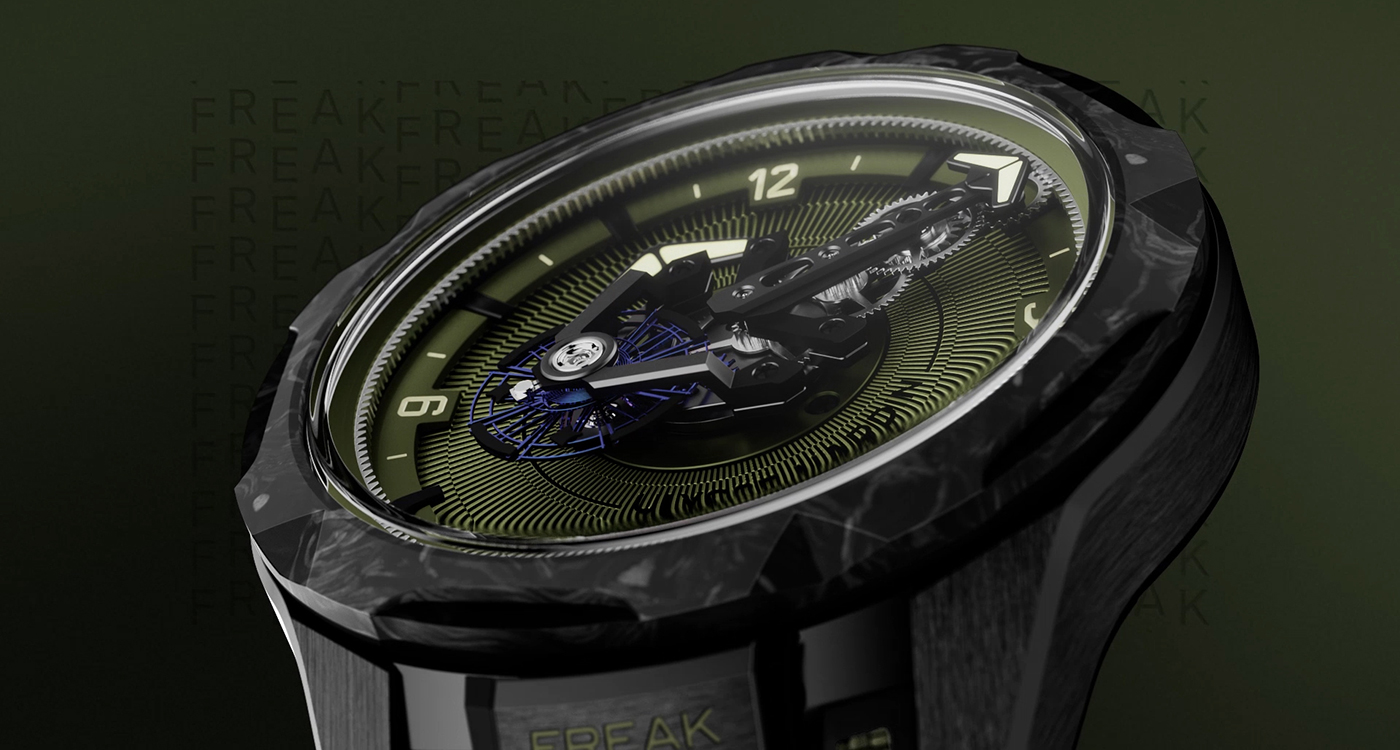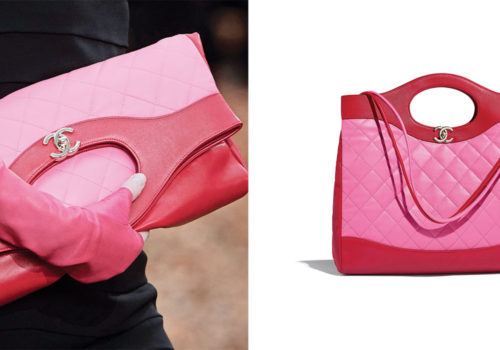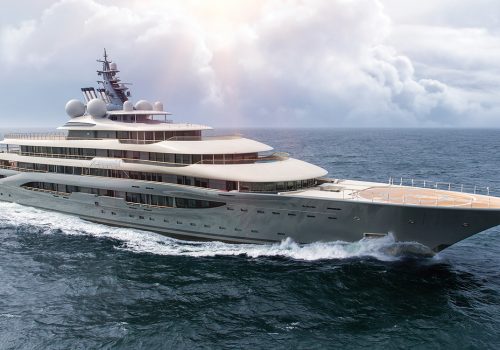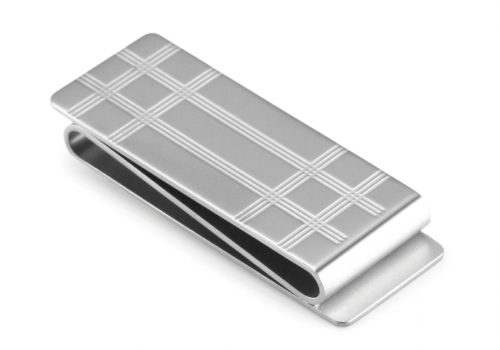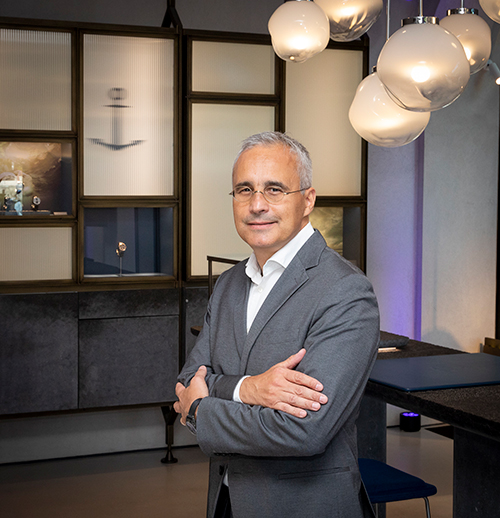
ABOVE: Jean-Christophe Sabatier is responsible for Ulysse Nardin’s product range, from the design of new collections to market distribution.
Ulysse Nardin’s Freak is the horological equivalent of the Porsche 911. On paper neither product makes sense. I mean, who hangs an engine out over the rear wheels of a car and expects it to be dynamic? Likewise, who decides to remove the dial, hands, and crown of a watch? Both are technologically brilliant however and both have stayed true to their principles as they evolve, and evolve, and evolve.
When the Freak was brought to market in 2001, it was so ahead of its time that it was without rival. Amazingly, it remains so to this day with a concept that features a movement that rotates on itself and a case that’s part of the movement. As if that wasn’t enough, the Freak has also serve as the launchpad for ground-breaking advancements in the field of material science.
This actually started back in the late 1990s, when Ulysse Nardin began to study the potential of silicone whose base, silicium, appears similar in nature to boron and carbon. And, as their efforts began to bear fruit, they endowed the Freak with this know-how, making it the first watch in the world to have an escapement made from silicium. But that was just the start, for Ulysse Nardin dove in deeper and in 2006, along with Mimotec, they became 50:50 partners of the silicium manufacturer Sigatec.
“It is very rare to have a technical breakthrough in the world of horology,” explains Jean-Christophe Sabatier, Ulysse Nardin’s Chief Product Officer. “If you think about it, over the last three centuries pretty much all we’ve done is gather accumulated experience and know-how but nothing fundamental has changed. What Ulysse Nardin did however with its innovation in silicium, first in the escapement and then with the other regulating components, is so rare and so extraordinary that it deserves acclaim.”
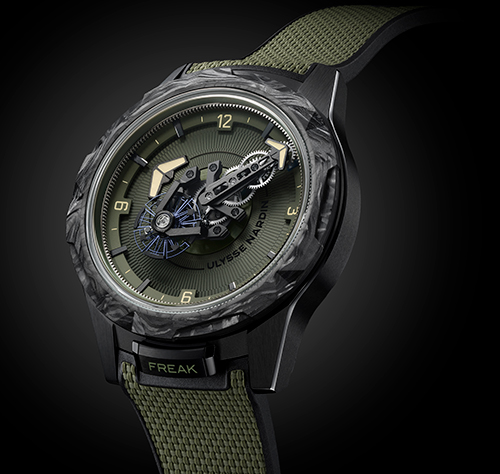
ABOVE: Only around 5,000 Freaks have been made since the model was introduced in 2001 and its core market has been 30- to 40-year-old watch enthusiasts who already own multiple watches. This 66,800 USD model, launched at Dubai Watch Week, is called the Freak One Ops, and it’s the brand’s first attempt at appealing to an even younger audience through an upcycled carbonium bezel and a partially recycled rubber strap.
He’s right too, and it’s almost inconceivable to think that Ulysse Nardin – a small (producing less than 10,000 watches a year), independent watchmaker with limited resources and research & development capabilities – got there before industry juggernauts like Rolex, Patek Philippe and the Swatch Group. (FYI: They’ve since come to a cross-licensing agreement with those companies to share in the technology, but they also agreed to keep the tech between them and, as a result, Ulysse Nardin remains the only non-consortium brand with the ability to create complete escapements in this futuristic manner.)
But what is this silicone tech and why should we care? Beyond being 15 per cent less dense than aluminium (which is already very light), silicium is also entirely antimagnetic, which is a huge boon when you realise that electromagnetic waves are everywhere – including in everyday objects like the toaster, refrigerator, airport gates, magnetic car keys, parking cards and clasp handbags, not to mention wireless speakers, tablets, computers, and mobile phones. (We’re surrounded by electromagnetic waves it seems, and sadly, so are our watches.) Moreover, silicium is highly elastic, which allows it to retain its original shape plus it’s resistant and durable, meaning it won’t degenerate. Finally, and very importantly in terms of servicing, silicium doesn’t require lubrication, as it has a self-lubricating silicon oxide layer, which also allows it to be immune to thermal variations.
“Ulysse Nardin is a brand that has existed for nearly 180 years, with a strong history and know-how but we always look forwards, not backwards.” And the way it does so is through the Freak. Sure, the model only accounts for just under 15 per cent of their bottom line today but, as Sabatier is keen to point out, “It is the most important collection for us in terms of qualitative value because it is the laboratory of Ulysse Nardin.”


